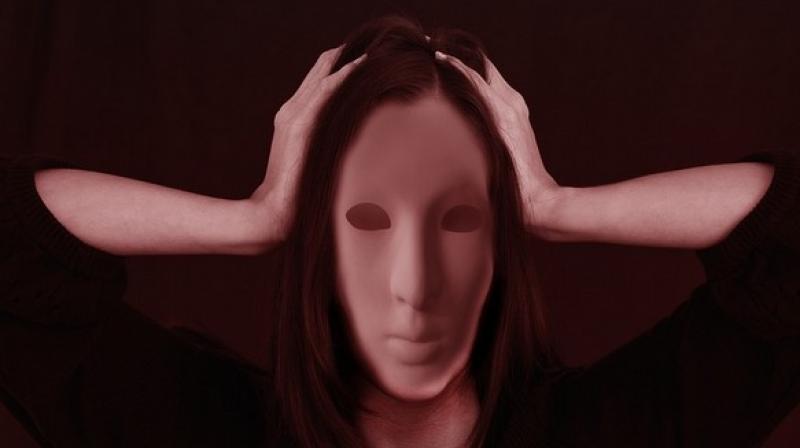Adolescent girls have greater chances of developing migraine at puberty
Studies reveal that girls with early puberty may develop migraine.

Washington: Adolescent girls who attain early puberty may also have a greater chance of developing migraine headaches, suggest researchers.
"We know that the percentage of girls and boys who have migraine is pretty much the same until menstruation begins. When the menstrual period starts in girls, the prevalence goes way up, but what our data suggests is that it occurs even before that," said Vincent Martin, one of the researchers of the study.
About 10 per cent of school-age children suffer from migraine, according to the study presented at the American Headache Society. As adolescence approaches, the incidence of migraine increases rapidly in girls, and by age 17, about 8 per cent of boys and 23 per cent of girls have experienced migraine.
The girls ranged in age from 8 to 20 and the study took place over a 10-year period beginning in 2004. Girls enrolled in the study at age 8-10 were examined during study visit every six to 12 months. Researchers determined when they showed initial signs of thelarche (breast development), pubarche (pubic hair growth) and menarche (start of menstrual periods).
Girls answered a headache questionnaire to find out if they suffered from migraine headache, no migraine or probable migraine the latter is defined as meeting all the diagnostic criteria for migraine except one. The average age at which they completed the survey was 16.
Of those surveyed, 85 girls (11 per cent) were diagnosed with migraine headache while 53 (7%) had a probable migraine and 623 (82%) had no migraine.
Researchers found that girls with migraine had an earlier age of thelarche (breast development) and the onset of menarche (menstrual periods) than those with no migraine.
On the average breast, development occurred four months earlier in those with migraine while menstruation started five months earlier. There was no difference in the age of pubarche (pubic hair development) between those with migraine and no migraine.
"There was a 25 per cent increase in the chance of having migraine for each year earlier that a girl experienced either thelarche or menarche. This suggests a strong relationship between early puberty and the development of migraine in adolescent girls," said Susan Pinney, the lead investigator on the study.
The age of onset of thelarche, pubarche or menarche did not differ between those with probable migraine and no migraine, said Pinney.
Previous research suggested that migraine often starts with the onset of menstrual cycles during menarche in adolescent girls. But this study looks at earlier stages of puberty such as thelarche and pubarche, explained Martin.
"To suggest the origins of migraine may occur actually before menstrual periods begin is pretty novel. At each of these stages, different hormones are starting to appear in girls. During pubarche, testosterone and androgens are present, and during thelarche, there is the very first exposure to estrogen. Menarche is when a more mature hormonal pattern emerges. Our study implies that the very first exposure to estrogen could be the starting point for migraine in some adolescent girls. It may be the Big Bang Theory of migraine," said Martin.

